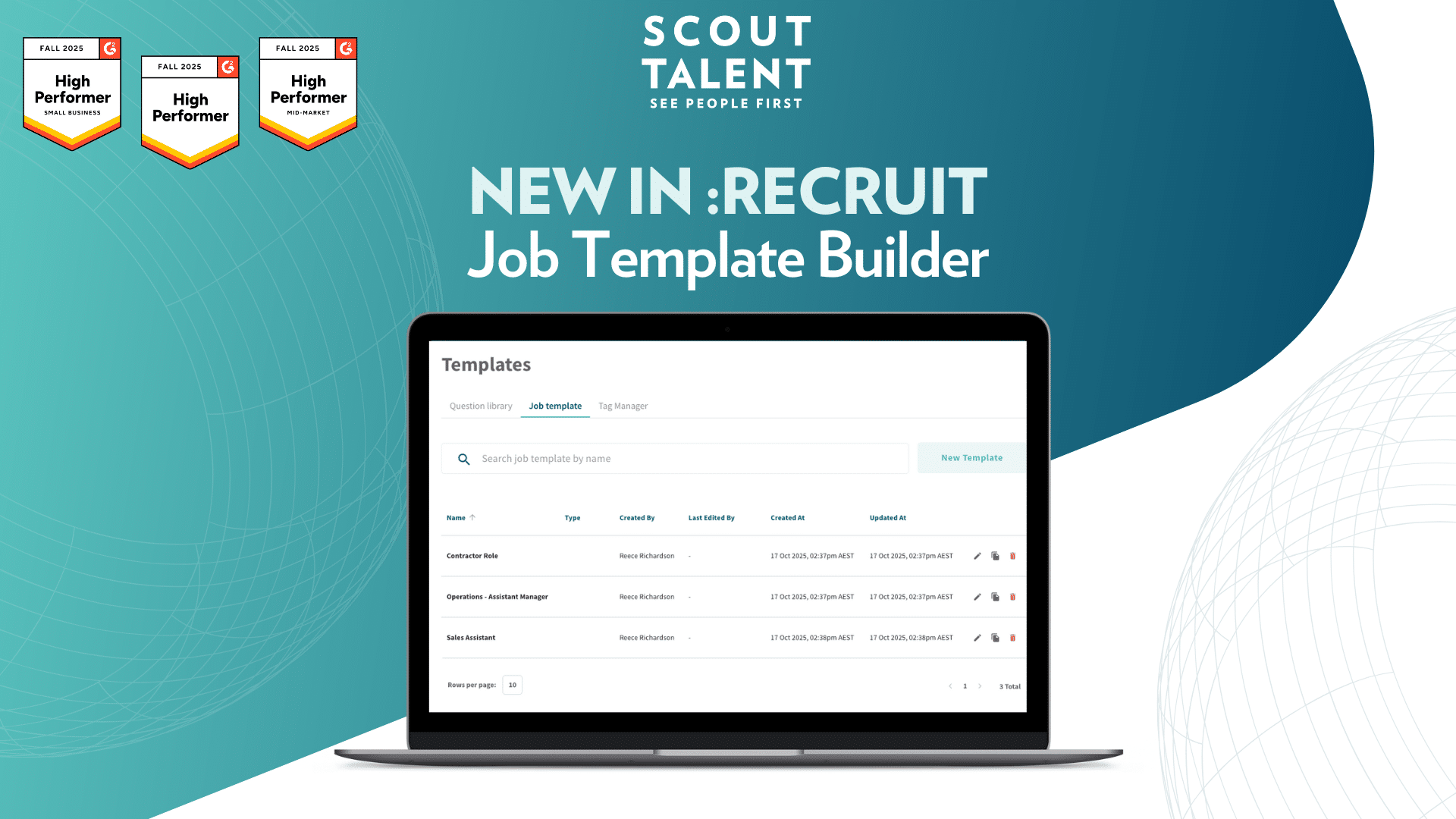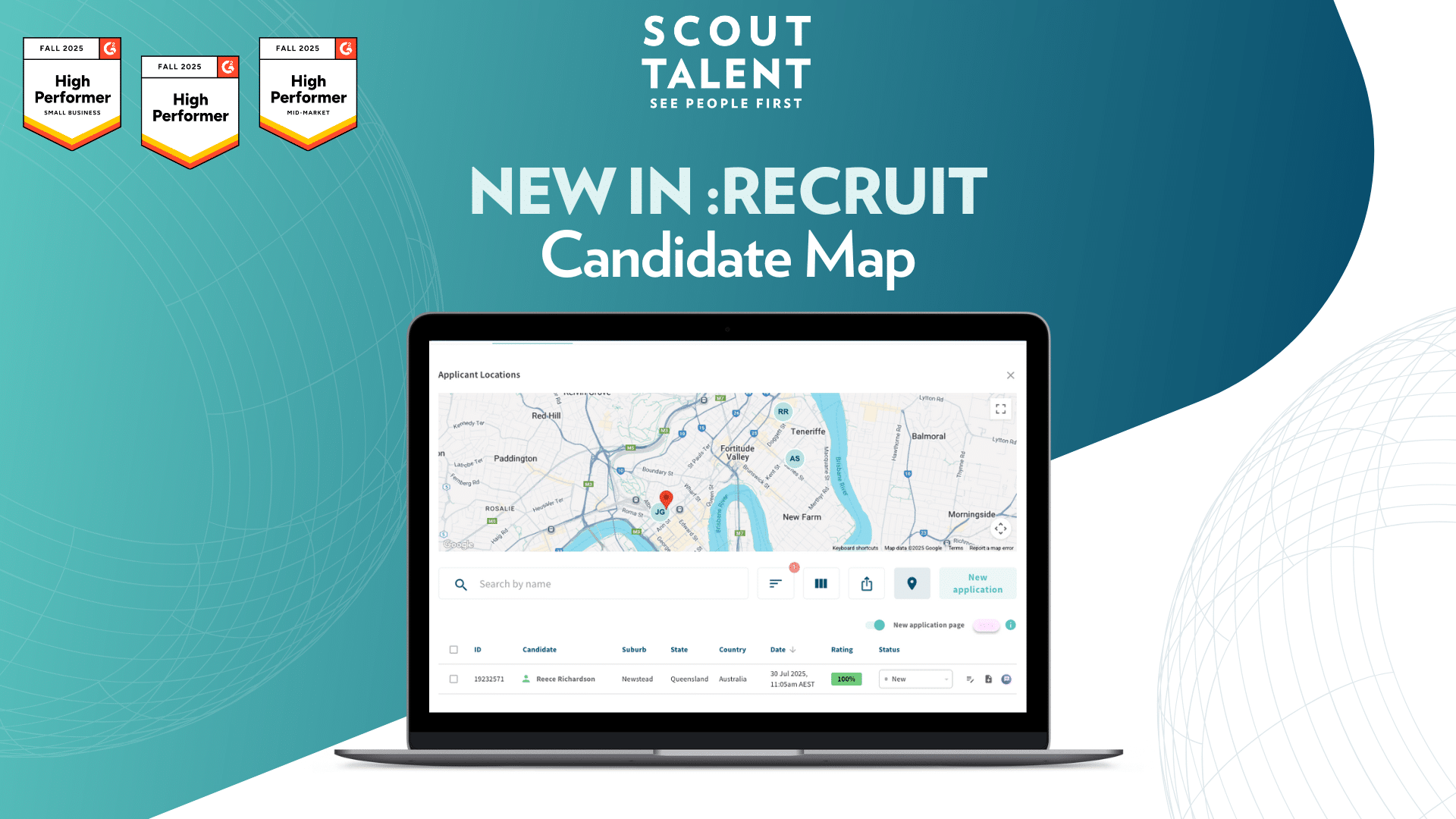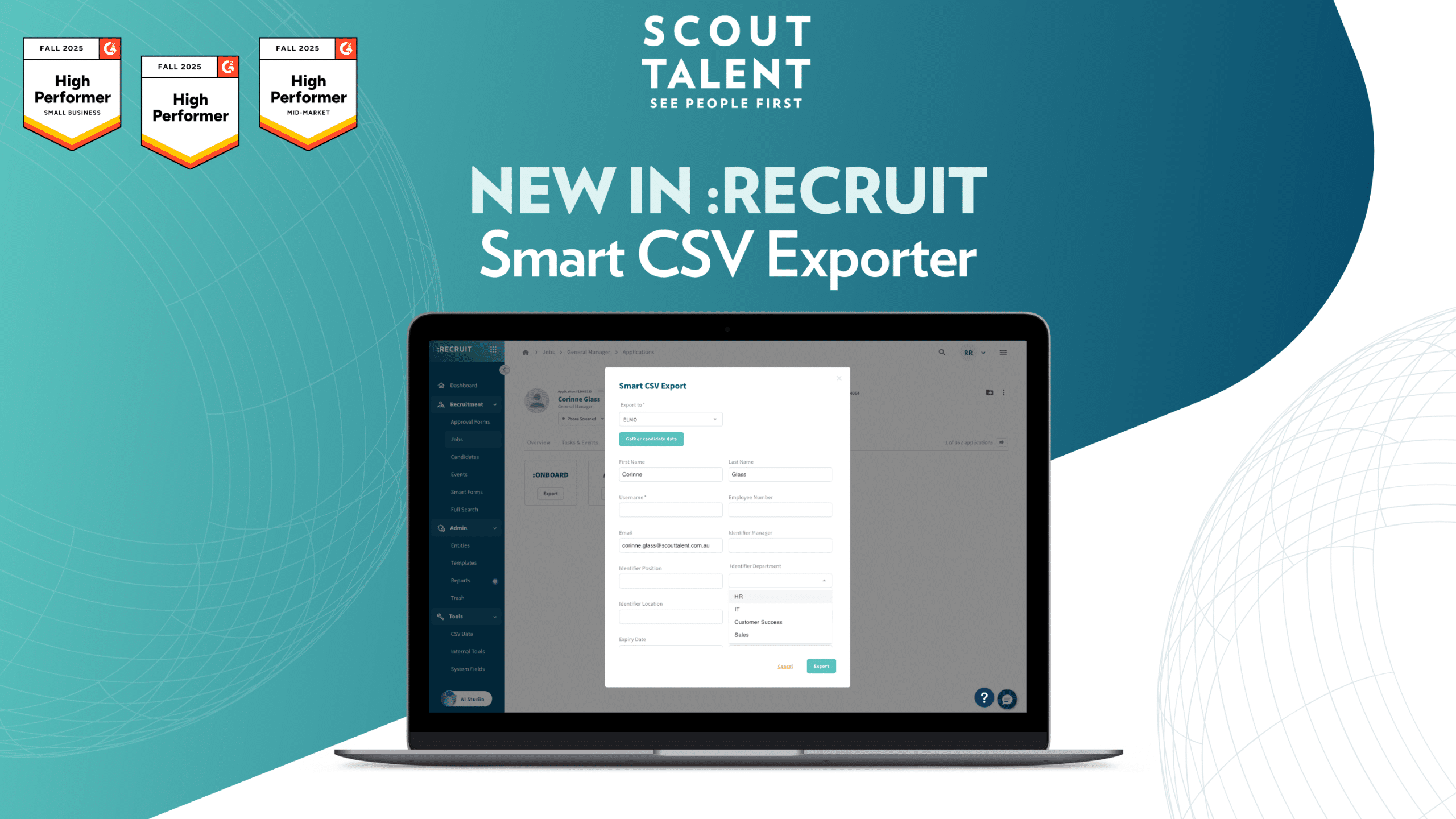Think of the last resume that looked almost too perfect. Now imagine it was drafted by ChatGPT, polished by Grammarly, packed with keywords and buzzwords by an AI resume optimizer, and backed by fake references written by another language model. That’s not a sci-fi scenario, it’s what hiring teams are facing right now. The new age of generative AI has now made it harder to weed through real, qualified candidates and we’re only at the cusp of this tech movement.
AI-powered resume fraud isn’t new, but large language models (LLMs) like ChatGPT are making it faster, easier, and harder to detect. With the right prompt, candidates can fabricate entire work histories, inflate skills, and even auto-generate answers to application questions all in a tone that sounds “hire-ready.” Most recruiters and hiring managers aren’t trained to spot these red flags.
In this post, we break down how AI-generated candidate deception works, what signs to look for, and how to evolve your hiring process to adopt the changing recruitment landscape, because let’s be real: AI is NOT going anywhere!
What Is AI-Enhanced Resume Fraud?
Candidates now use AI tools to:
- Generate polished, professional resumes in seconds
- Script long-form screening responses
- Inflate skills or experience with copy-paste LinkedIn jargon
According to Forbes, 70% of workers lie on resumes. Add AI tools into the mix, and it becomes harder to detect what’s real and what’s just well-written fiction. We’ve seen it in action here at Scout Talent: while reviewing applications for a recent role, five candidates submitted identical long-form answers. Word for word. When AI is doing the writing, detecting truth requires more than just a quick skim.
If that doesn’t make the case for deeper screening, I don’t know what does.
Why Traditional Hiring Processes Miss the Red Flags
AI-powered deception often looks polished. Resumes are neatly formatted, cover letters are articulate, and candidates can present well in interviews. That’s exactly what makes it so easy to miss the warning signs.
Here’s where many hiring processes fall short:
- Skimming resumes without a structured review process.
- Relying too heavily on gut instinct during interviews
- Failing to verify claims that sound credible but may have been AI-generated or embellished
These methods might have worked a decade ago. In the current hiring landscape in 2025, they leave teams exposed to costly mistakes. The fault does not lie solely on overworked and constantly under-pressure hiring teams. Oftentimes, the quality of the recruiting process gets compromised because a position was needed to be filled yesterday and suddenly, hiring managers had no choice but to skim, rush, and rely on their bias to make the hiring decision.
Three Red Flags of AI Resume Fraud
- Overly Generic Language
If the resume reads more like a sales pitch than a personal summary, proceed with caution. Watch for vague buzzwords (“dynamic,” “results-driven,” “visionary leader”) without any specific accomplishments or context. A lack of concrete examples is often a red flag. - “Perfect” Career Paths
Flawless timelines, seamless job changes, and zero employment gaps? That’s rare in real life. Most professionals have career pivots, breaks, or role overlaps. AI-generated resumes often skip the messiness of real-world experience. - LinkedIn That’s All Buzz, No Substance
Do they have dozens of endorsements but no detailed job descriptions, project highlights, or recommendations? An overly curated LinkedIn presence that lacks substance could signal AI-assisted inflation, or worse, fabrication.
How Scout Talent Flags AI-Enhanced Fraud
AI-generated resumes are built to impress. That’s the point. But we’re not here for perfect phrasing, we’re here for proof. At Scout Talent, we look beyond the surface. I once hired someone with a clunky, outdated resume because what they actually brought to the table was far more valuable than anything ChatGPT could have written (plus, I’m not after their copywriting or design skills). Sometimes, real potential hides in the rough draft. How did I find them? I zeroed in on their specific qualifications during the interview process, and asked probing questions to uncover the soft skills for fit.
Here’s how we break through the polish.
We use AI tools to scan for language that doesn’t match the level of experience a candidate claims to have for quick analysis. We check for career timelines that feel too neat and job descriptions that read like they came from a template.
Once those patterns are flagged, our recruiters step in to dig deeper. We look for consistency between the resume, the interview responses, and the candidate’s overall story. If the details don’t line up, we ask more questions.
On top of that, we look for alignment between what a candidate says, what their referees say, and what the role demands.
If something feels off, we slow the process down. We bring in additional screening tools like psychometric assessments or a second interview with a different team member whose interview style could uncover what’s not on the surface.
Why all this fuss? Because recruitment is hard. It’s complex. We consistently deal with nuances and unpredictability of human behavior and it’s better to be safe than sorry.
A rushed hire that backfires always costs more than taking the time to get it right.
This approach is part of how we help clients cut through noise and find the people who can really do the work. Not just the ones who sound good on paper.
Three Steps to Hire Smarter in the Age of AI
- Ask Better Questions
Surface-level interview questions won’t cut it anymore. Skip the generic prompts and dig into real examples of how candidates handle pressure, feedback, and change. Insightful questions lead to honest answers, and that’s where the red flags show up. - Double-Check the Details
If a credential or job title seems important to the role, confirm it. Don’t rely on what’s printed on a PDF or posted on LinkedIn. Go to the source, especially when the role involves compliance, leadership, or client trust. - Update Your Process Before It Falls Behind
The hiring landscape has changed fast. If your team is still making decisions based mostly on outdated interview processes and unverified resumes, it’s time to adapt. Whether that means training your internal team or partnering with specialists, the goal is the same: hire with more confidence and less guesswork.
Final Takeaway: Don’t Get Fooled by a Polished Resume
AI can’t replace character, competence, or cultural fit. But it can disguise red flags long enough to get someone through the door. The most expensive hire is the wrong one. If your team is hiring without a tight process, you’re not just taking a risk, you’re flying blind.
Want to Stress-Test Your Hiring Process?
Scout Talent’s recruitment services help you dig deeper without slowing down your process. Don’t know how we can support you? We can facilitate interviews on your behalf, verify credentials, run reference checks, and catch red flags before they cost you.
Book a Free Hiring Consultation
Let’s review your current hiring steps and show you how we spot AI fraud that most teams miss.
Frequently Asked Questions
Q: What is AI-enhanced resume fraud?
AI resume fraud happens when candidates use tools like ChatGPT to fake experience, create references, or exaggerate achievements in a way that sounds credible but isn’t real.
Q: How can I spot fake references?
Ask specific, behavioral questions. Verify referee identity through company channels. Use tools that timestamp and track reference requests.
Q: What credentials should be verified for executive hires?
Any license, certification, or designation, especially in finance, healthcare, safety, or leadership. Verify directly with the issuing body.
Written by Jeff Rios
Head of Talent Acquisition, Scout Talent | Recruitment Strategist
Connect with me on LinkedIn
Follow Scout Talent on LinkedIn






